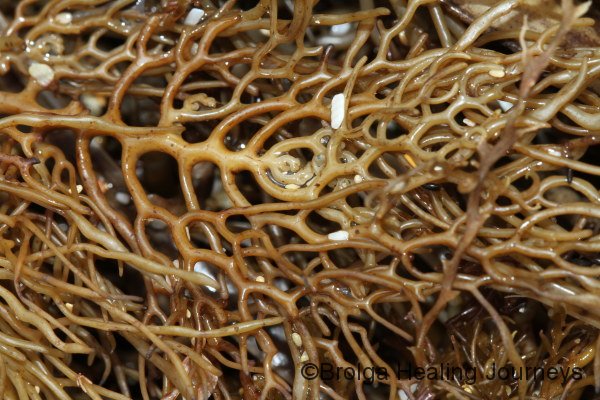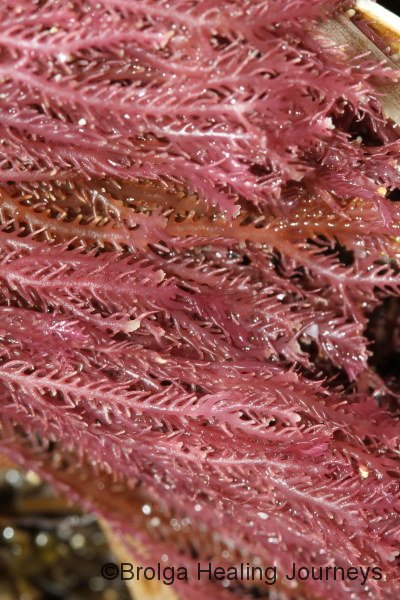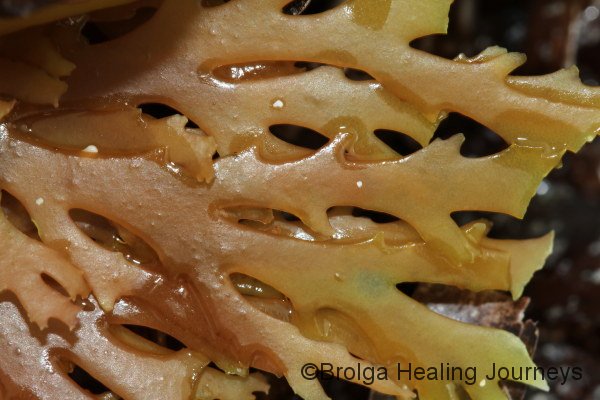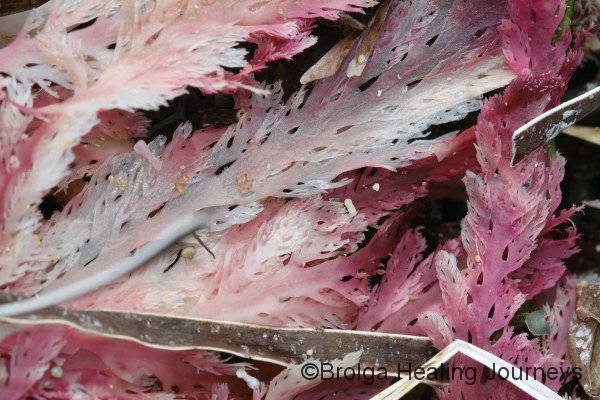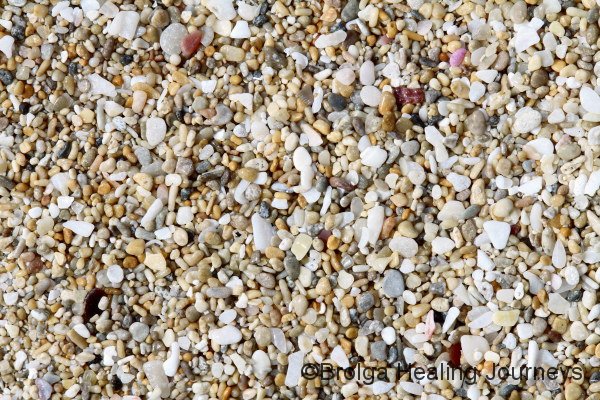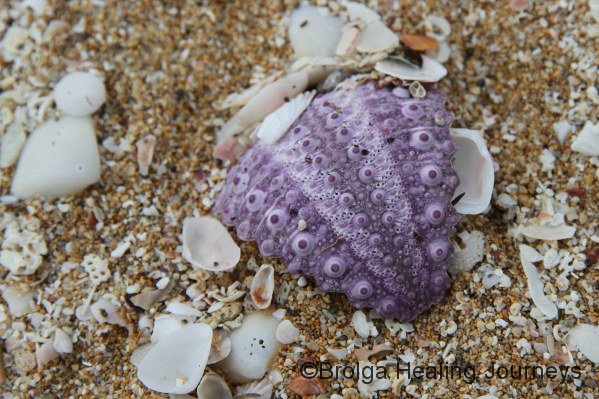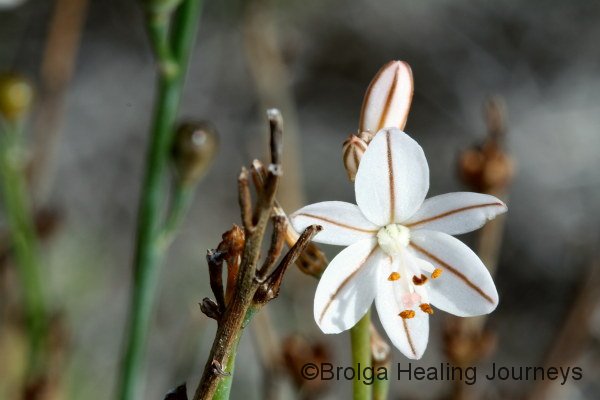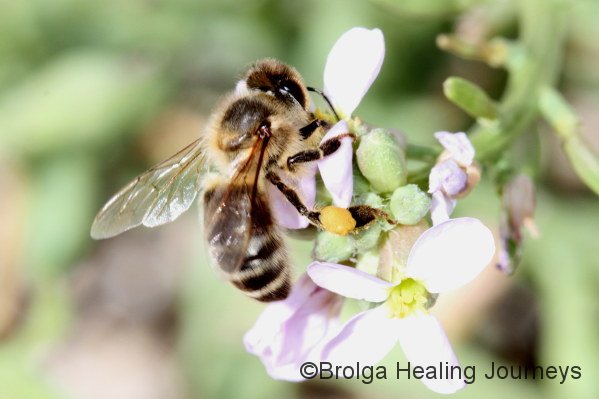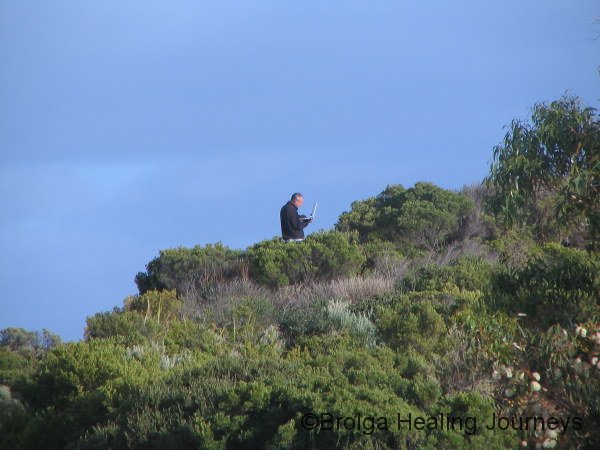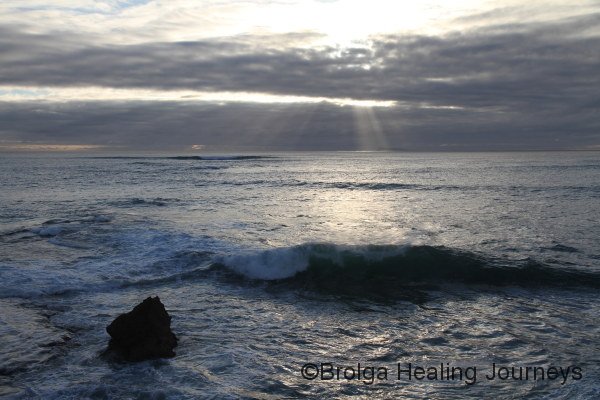Innes National Park – stunning coastal scenery on South Australia’s Yorke Peninsula
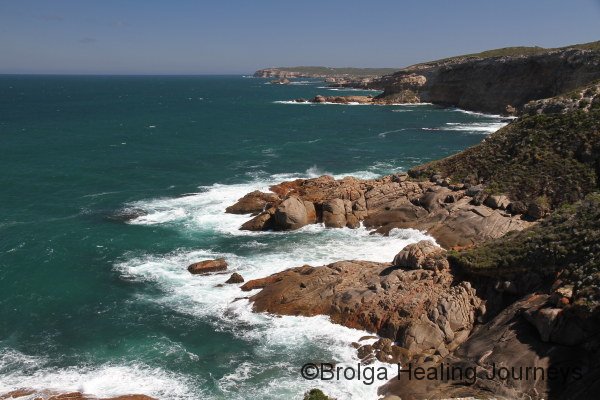
We had never previously visited South Australia’s Yorke Peninsula. We had always driven past the peninsula– heading either north or south, on our way to somewhere else. This time, we decided to bite the bullet and see what it had to offer.
From Mount Remarkable National Park, we headed south-west, stocking up in Port Pirie before our drive onto the Yorke Peninsula proper. Our destination was the Innes National Park, at the southern tip of the peninsula. We knew virtually northing about the park, other than the availability of bush-camping, our preferred accommodation.
Anyway, as we drove south we encountered a succession of towns – Merriton, Kadina, Moonta, Maitland and Minlaton – all of which were larger and far more interesting than we had expected. They were full of lovely old buildings, and given that it was a Sunday, the towns were surprisingly lively. The towns provide services for the surrounding farms, predominantly sheep and wheat producers. we noticed that most of the peninsula on our way south had been denuded of native vegetation to make way for agriculture, and hoped the national park wouldn’t be similarly stripped.
Onward we forged, listening to the call of the wild instead of the civilised comforts of the towns. We arrived in the national park late afternoon, setting up our camper at Pondalowie campground, where we had plenty of room and were protected from wind by mallee trees. Our campground was regularly visited by several families of Western Grey Kangaroos, along with many native birds.
With few expectations, we headed off on foot to explore the nearby coast that afternoon, and for the following week travelled to and fro by car through the park to go on many walks around the coast and through the bushland.
To say we were impressed would be an understatement. The scenery was stunning, the equal of any coastal scenery we had encountered. Innes National Park is exposed to the might of the Southern Ocean with its winds and waves, yet we were blessed, particularly for our first few days, by benign and beautiful conditions. Nonetheless the waves kept rolling in, pummeling the shore, and reminding us that this coastline has claimed many lives and wrecked many ships.
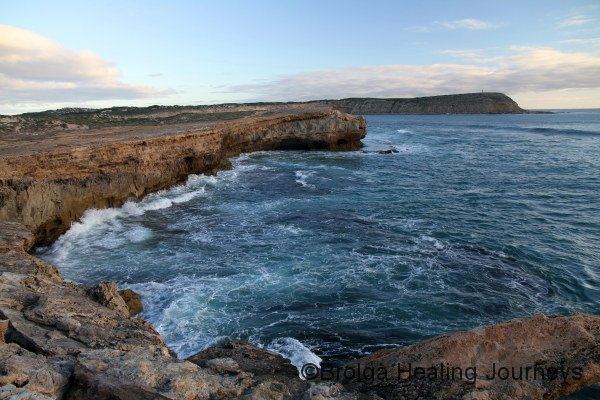
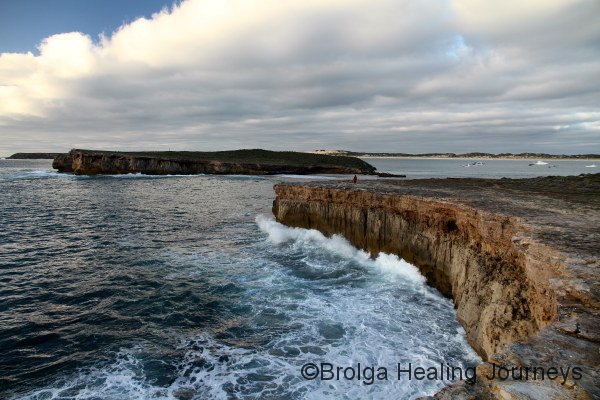
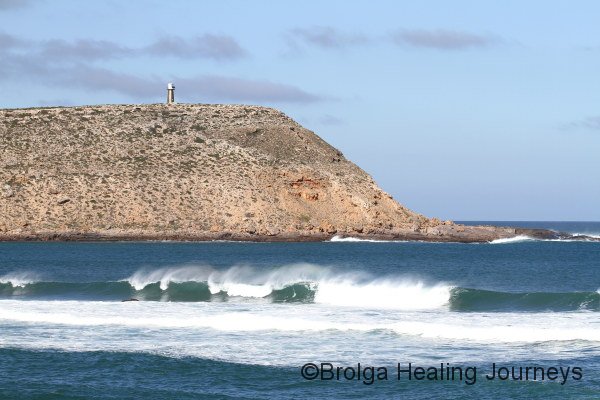
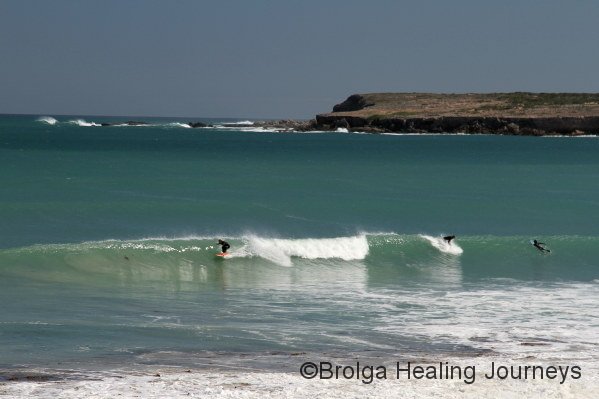
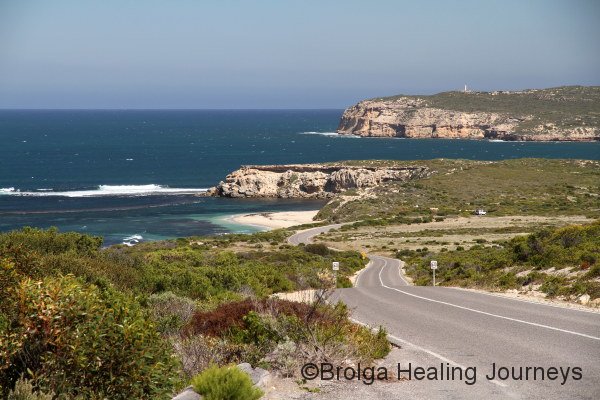
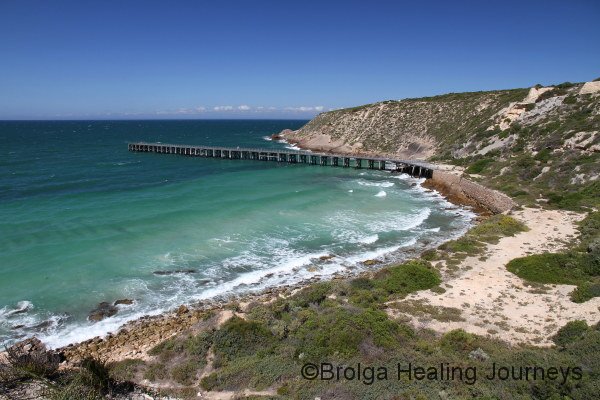
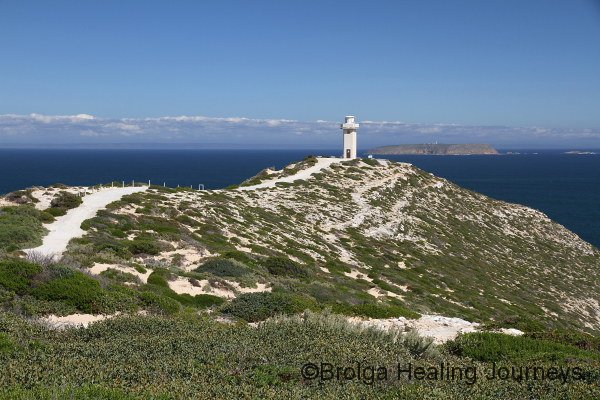
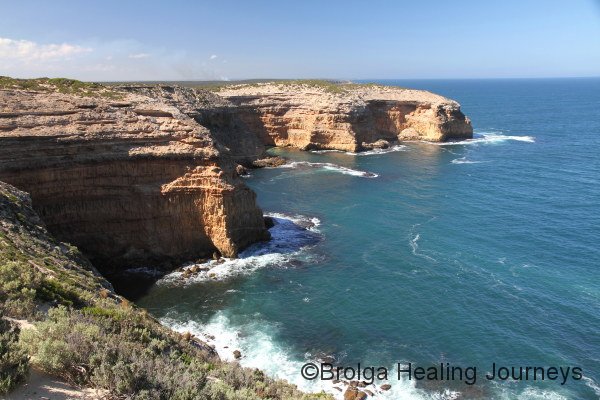
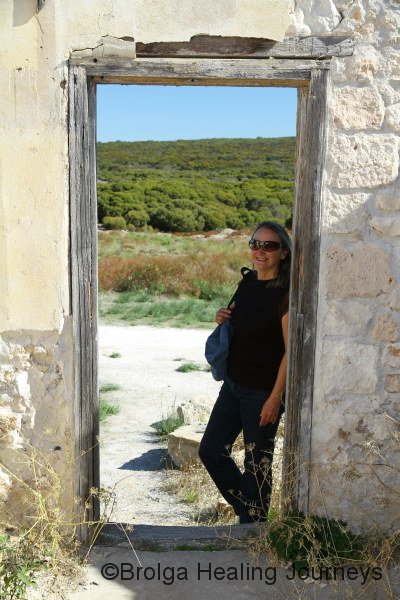
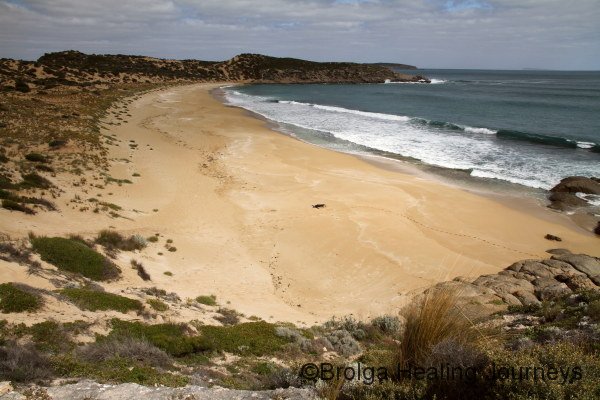
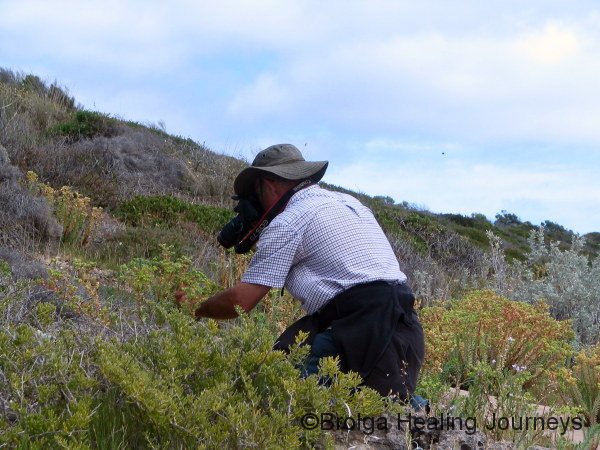
Some of the shipwrecks are still visible, notably that of the Ethel, wrecked in 1904, the remains of its metal frame now resembling the skeleton of some ancient beast on the shores of a wild beach, and a small section of another ship, the Ferret, wrecked in 1920, just visible offshore. The waves pounded in as we stood on the beach, as the attached video shows:
httpv://www.youtube.com/watch?v=36IFHQNfZkc
Prior to becoming a national park, the region once supported a gypsum mining industry, which thrived until the great depression. The remains of the township of Inneston now lie within the park as a reminder of this past. Many of the buildings have been restored, with some used for guest accommodation. A great deal of effort has obviously been made to keep these memories alive and show us how lives were once lived in the region.
The rugged coastline was impressive, but so too was the coastal heathland and mallee. The vegetation was in top condition; green, lush and varied. Birdlife was abundant, though with a large local population of Grey Currawongs, the smaller birds were nervous and tended to hide in the heath and scrub. We had fun trying to track them down, identify them and, if possible, photograph them.
Innes National Park is home to the rare Western Whip Bird. We weren’t able to sight this bird during our stay, though we did hear its melodious call. The presence of this Whipbird led to the area becoming a national park in 1970.
We noticed many emus in the park, including some large families, where fathers marshalled their offspring, most now close to full-grown. We were enthralled to see one father taking his eight offspring for a stroll along a beach, an almost bizarre sight. They spotted us looking down upon them from the headland above, and made a dash up the steep sandhill to escape us, as you can see in the following video:
httpv://www.youtube.com/watch?v=401KR9xrk8Y

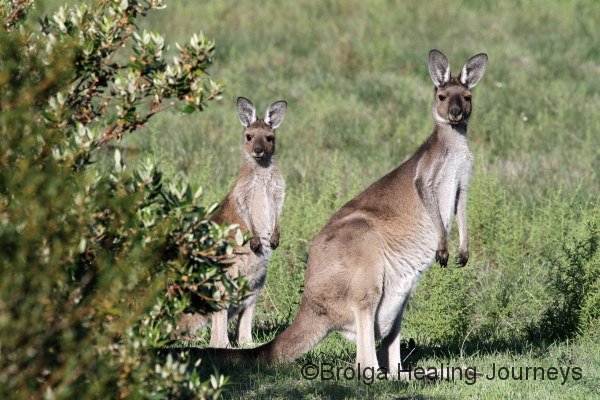
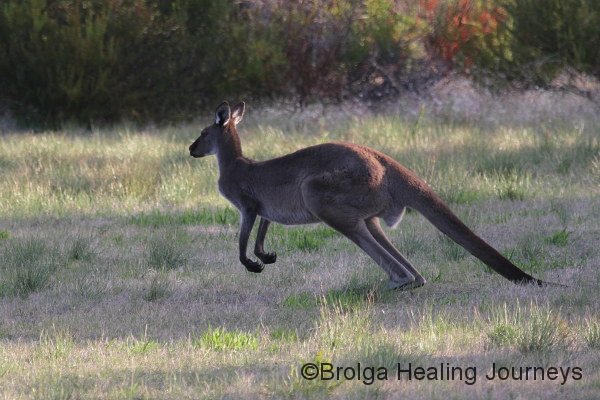
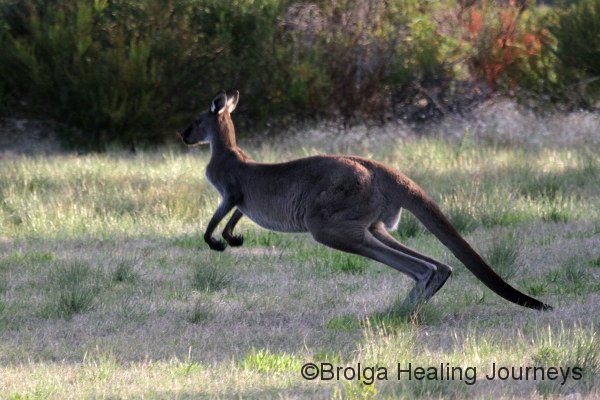
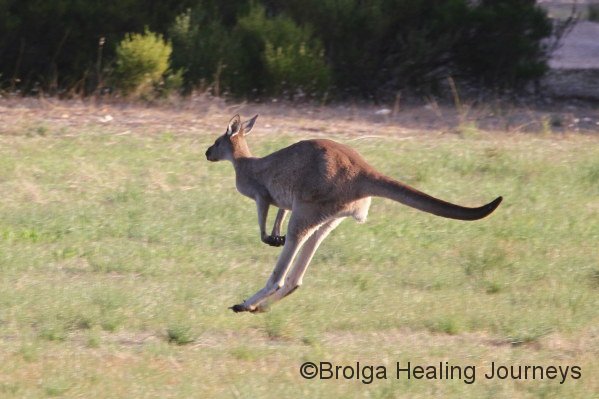
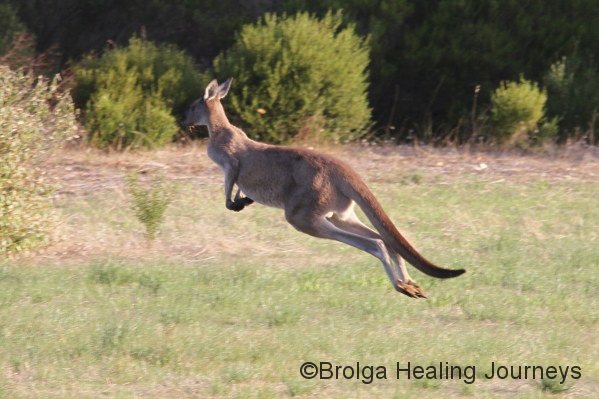

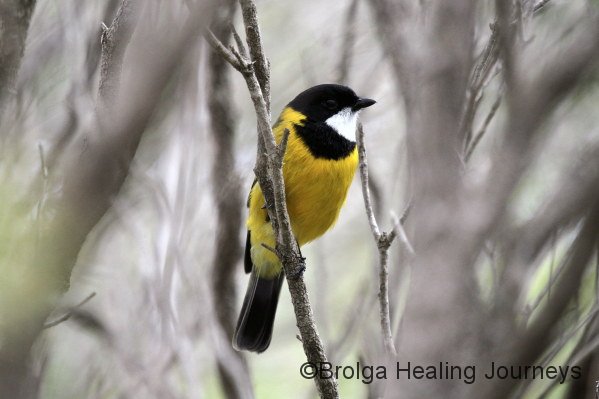
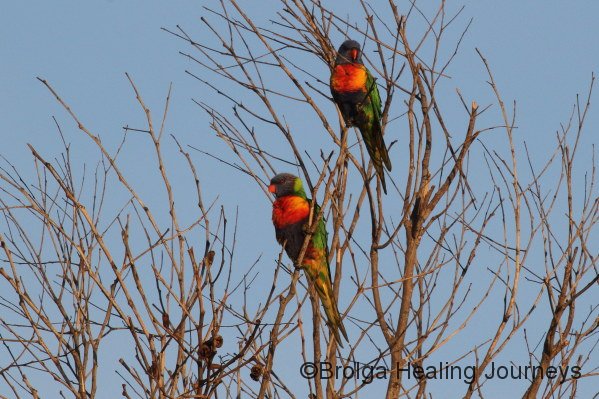
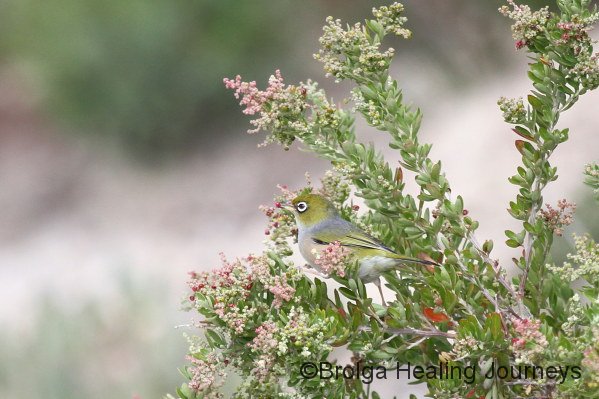
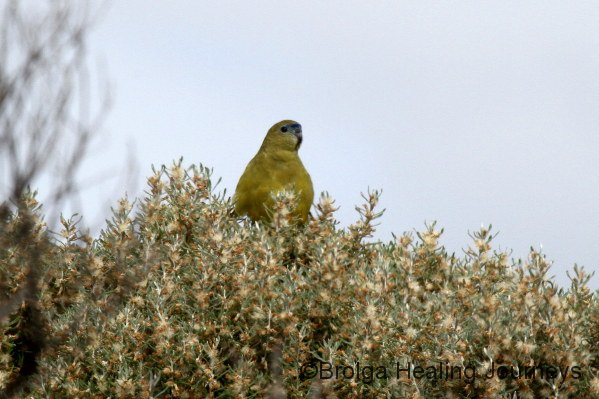
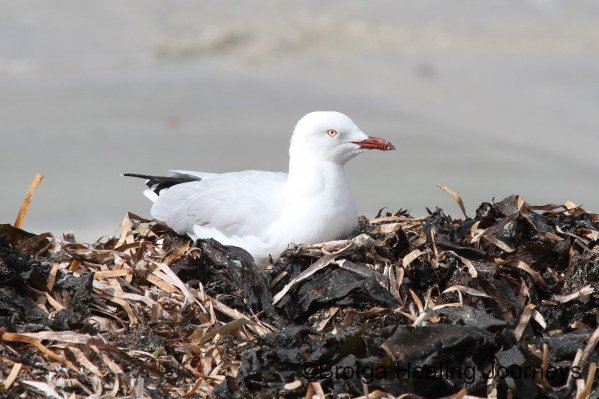
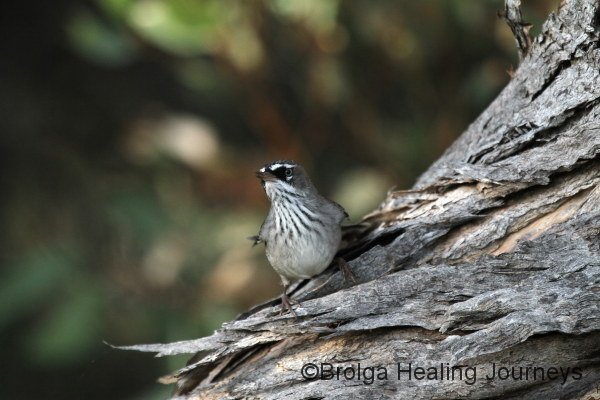
THE TAMMAR WALLABY
A program to re-introduce the Tammar Wallaby into the park has been underway since 2004. Three sub-species of Tammar Wallaby were once found in Australia. The Western Australian and Kangaroo Island species continue to live in the wild, but since the 1930s the sub-species once found across mainland South Australia, especially on the Yorke, Eyre and Fleurieu peninsulas, was considered extinct. The wallaby had disappeared from mainland South Australia due to habitat clearance for farming and predation by foxes.
But in 1998, in a stroke of good fortune, the mainland SA Tammars were discovered living on Kawau Island in New Zealand, where they had been taken in 1862 by the former SA Governor Sir George Grey. The New Zealanders were implementing a program to eradicate all feral species from Kawau Island, so arrangements were made to capture the wallabies and re-introduce them in South Australia. Innes National Park was selected as the first release site.
In preparation for their release, an intensive fox-control program was undertaken. A small population of wallabies has been successfully re-established in Innes National Park. We were informed at the visitor centre that around 45 wallabies were in the park, all radio-tagged. Well, we have some good news. We went spot-lighting twice on foot in the area around the historic site of Inneston, on the first occasion seeing three wallabies, and on the second seeing seven individuals in one area, including at least two young wallabies (probably three) that weren’t tagged. In other words, it is likely that the population is above the most recent estimate. We can only hope that the good efforts to support these wallabies continue in the park and resources remain available to control feral foxes.


Another native species to benefit from the control of foxes in Innes National Park is the Malleefowl. This fascinating bird, larger than a chicken, and looking something like a native pigeon on steroids, has been disappearing across south-eastern Australia for all too familiar reasons – predation by foxes and habitat destruction. Well, they too are doing well in the national park, with ten known active Malleefowl mounds (the large mounds in which they incubate their eggs). We were fortunate to see a pair of Malleefowl, again in the vicinity of the old township of Inneston, as they scratched around looking for food, turning over the soil in much the same way as a chook. The following two videos show one of these Malleefowls in action:
httpv://www.youtube.com/watch?v=9IQGYq6pdLs
httpv://www.youtube.com/watch?v=95fqobXR3Bw
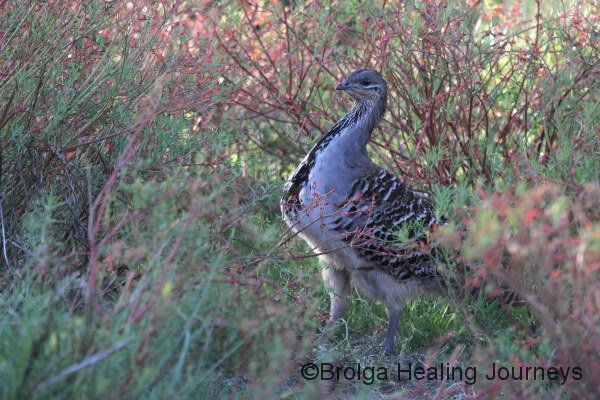
The resurgence of the Tammar Wallaby and the Malleefowl at Innes National Park provided ample proof, if that was needed, of the benefits for wildlife of controlling feral predators.
We stayed in the national park for just over a week, and loved every minute of it, even on a couple of days when wild, windy weather reminded us of the fierceness of the elements in that part of the world. The park facilities are excellent, and a wealth of information is available for visitors. There is something for everyone – fishing is good by all accounts, as is the surfing, and there are plenty of walking tracks through the bush or around majestic, wind-swept headlands. There is an abundance of wildlife and wilderness for nature lovers. Innes National Park, in our opinion, is one of Australia’s best kept secrets.
Peter
6 April 2011
